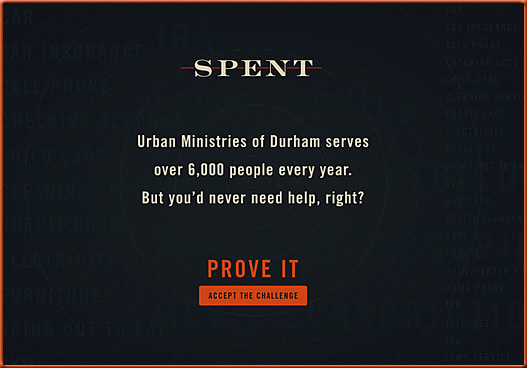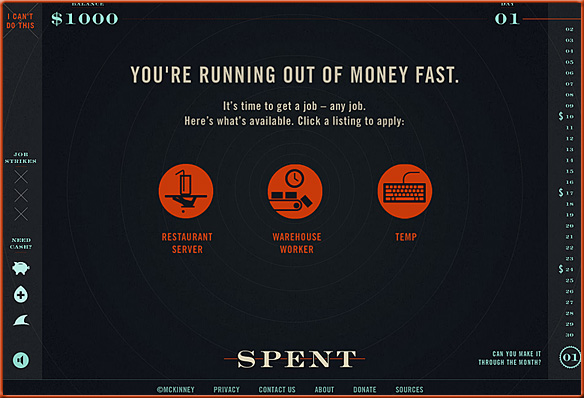How Skype is changing the interview process — from The Chronicle by Stephen Winzenburg
For years, search committees conducted preliminary job interviews for academic positions by telephone, making it easy for a candidate to sit at home in shorts while answering serious questions.
But times have changed, and Skype is now the preferred method many institutions use to conduct long-distance interviews. Some job listings are even warning candidates that they may have to make an initial appearance before the committee via Webcam.















